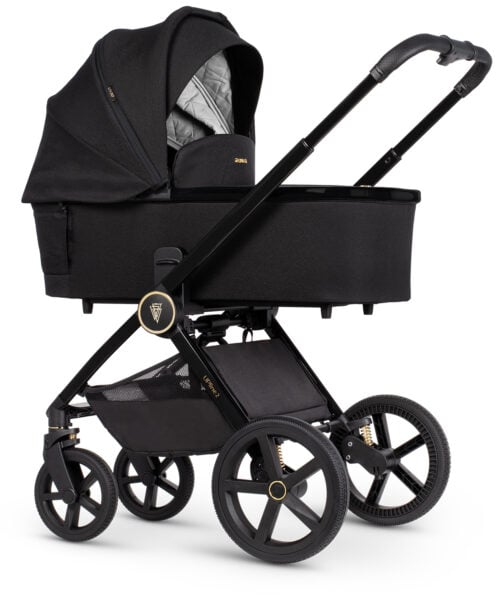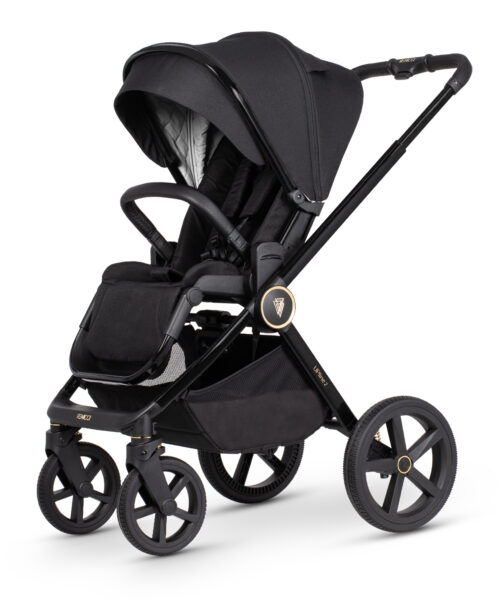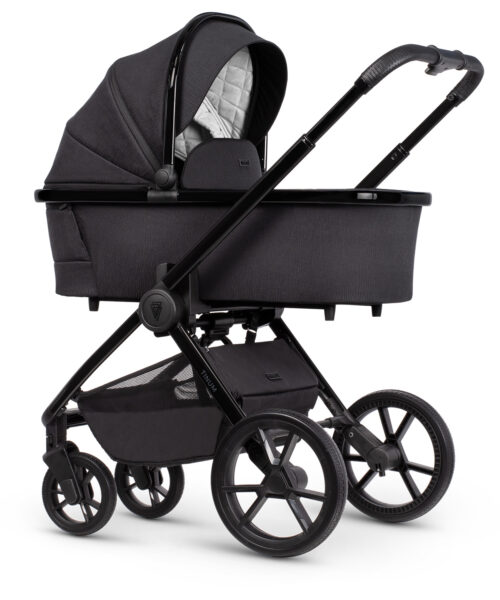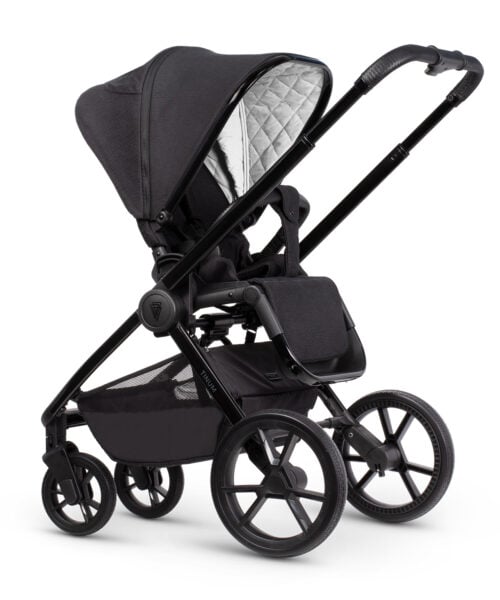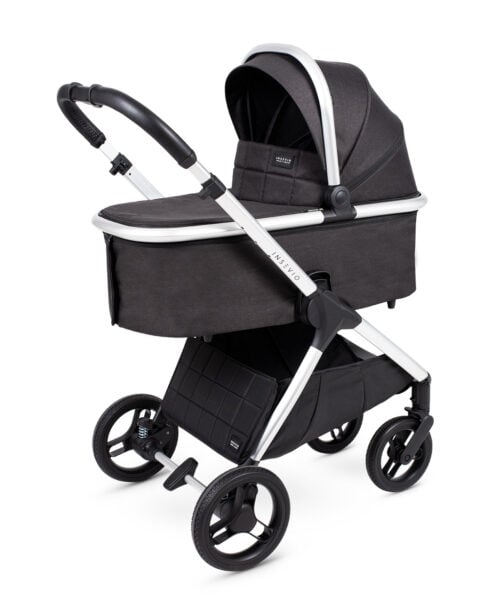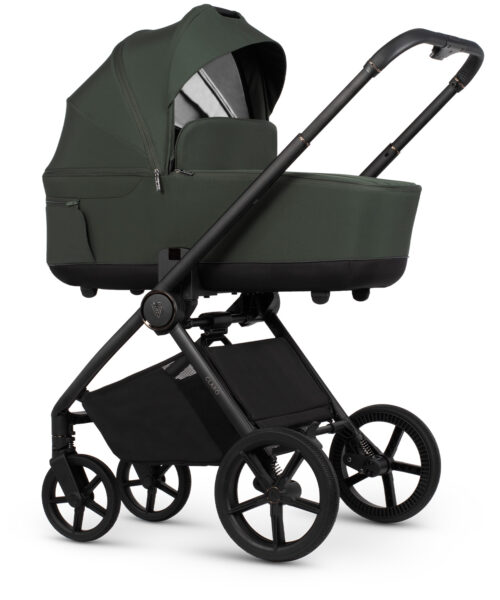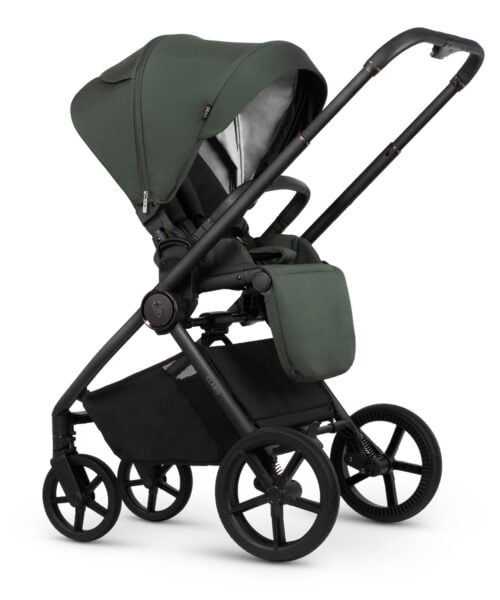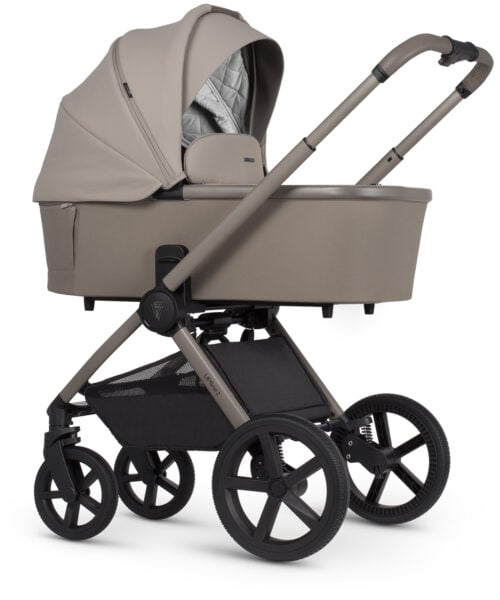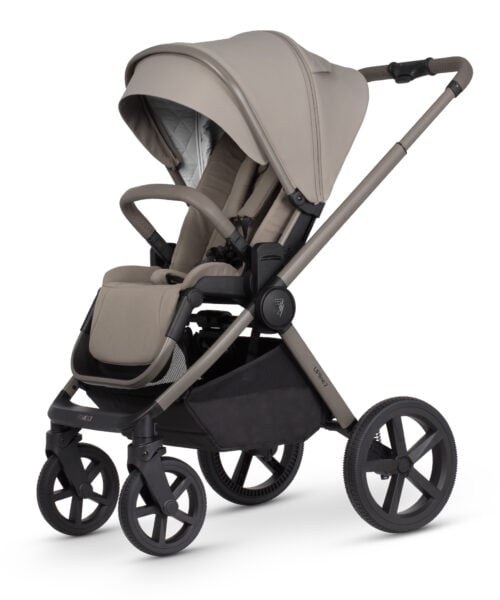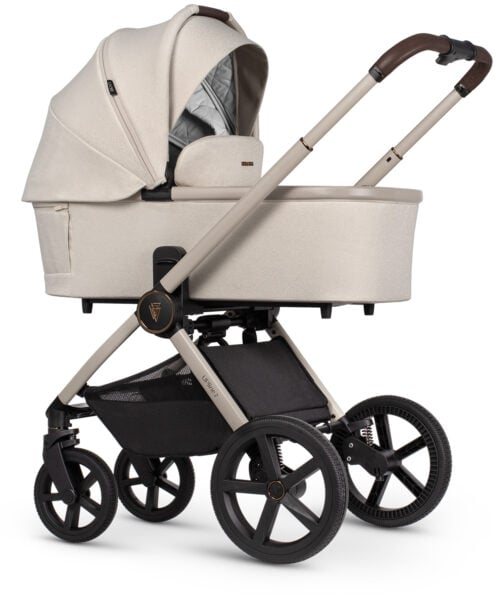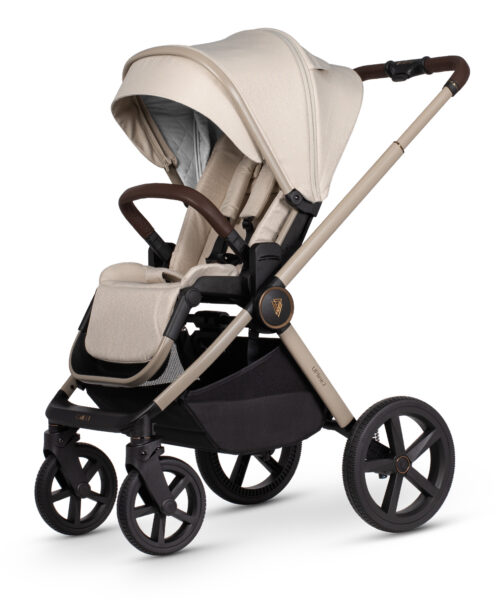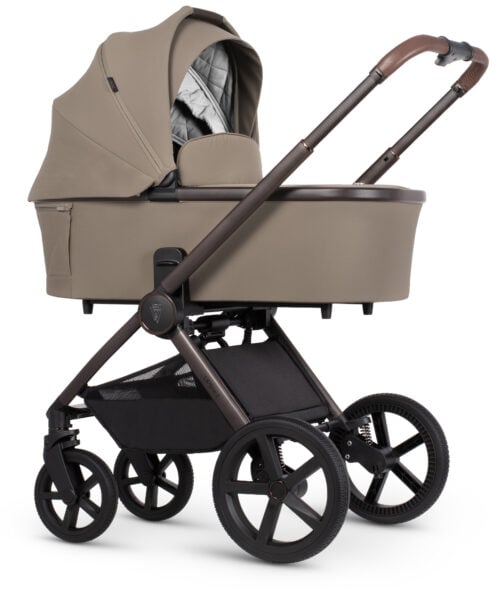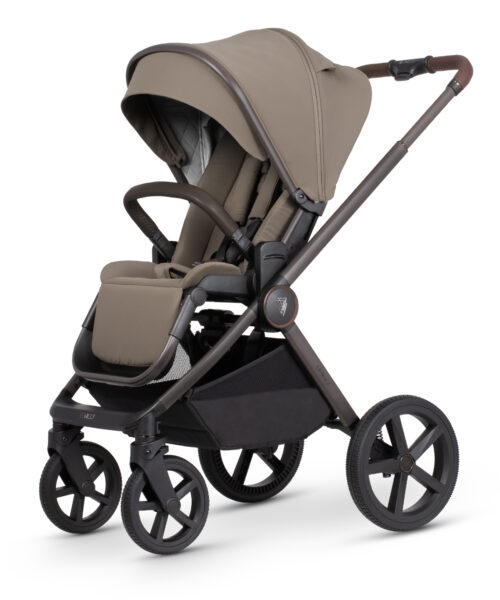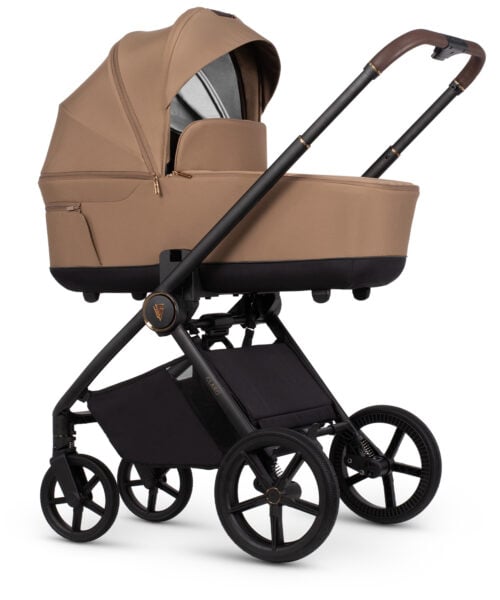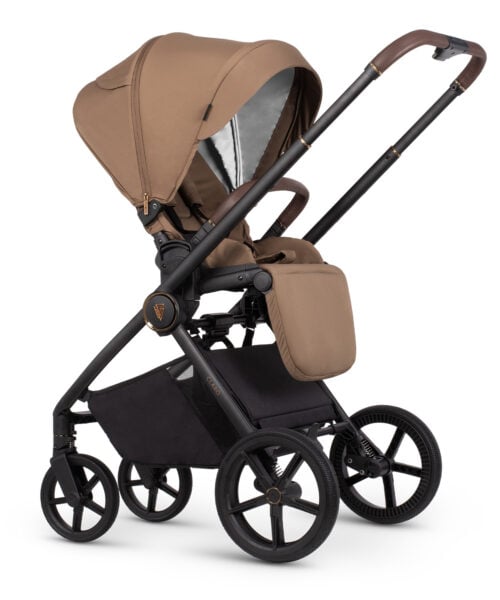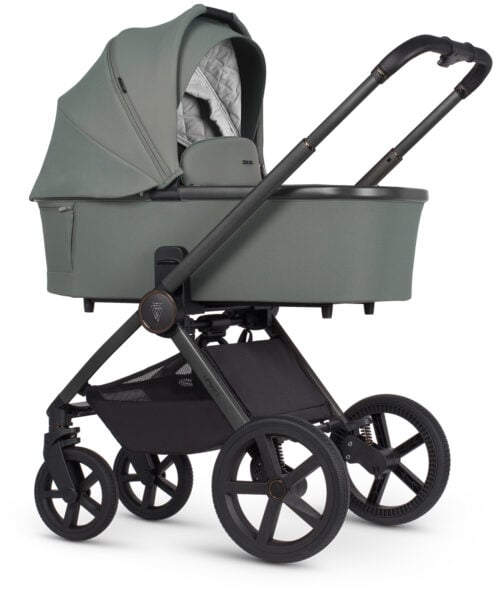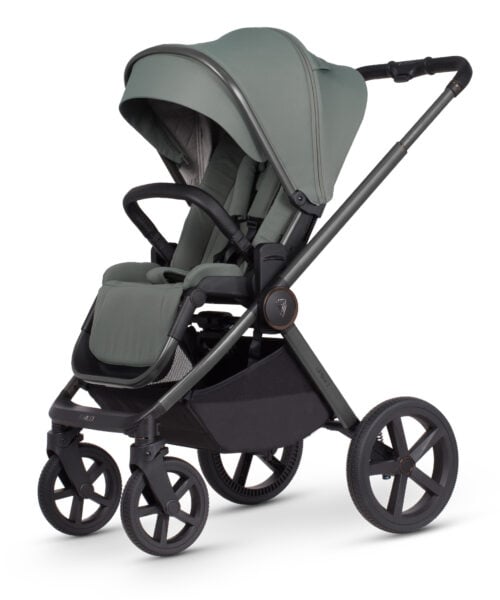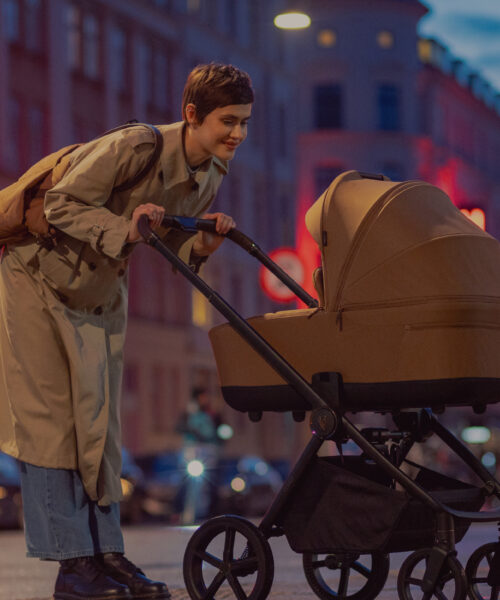Flying with a baby can be exciting and challenging at the same time. Thankfully, appropriate preparation can reduce stress and make travelling a great adventure for the whole family. And with our guide, preparing for your trip will be easier. Find out what you should keep in mind, and check out our tips for flying with a baby!
Contents
Flying with a baby: tips for planning a flight
A good trip starts with a good plan. Of course, not everything can always be arranged, but if you have the opportunity, it is worth taking care of a few essentials. What are they?
The first step is to choose the right flight. If possible, select a flight that does not affect your child’s daily routine (e.g. evening or overnight) so your baby will be less upset by the change. Choosing direct flights is also a good idea to avoid transfers and additional confusion and stress.
When you book your flight, you can also choose your seat. It’s a good idea to select seats that offer more space and avoid aisle rows, which can be particularly uncomfortable during mealtimes. Some airlines provide special facilities for families travelling with babies, so check for any on your flight (e.g., a bassinet).
Also, ensure you have all the necessary travel documents for your child, including a passport, visa, and travel insurance.
Finally, remember to check the rules for transporting prams and pushchairs. In most cases, the pram/pushchair should be reported as a registered luggage , but in some cases, it is possible to return it just before boarding and collect it immediately after landing. This will facilitate your journey through the airport.
To find out more about how to fly with a baby and whether you can take a pram or pushchair, check out this article where we’ve explained more about it: „Can you take a pram on a plane – a travel guide for parents”.
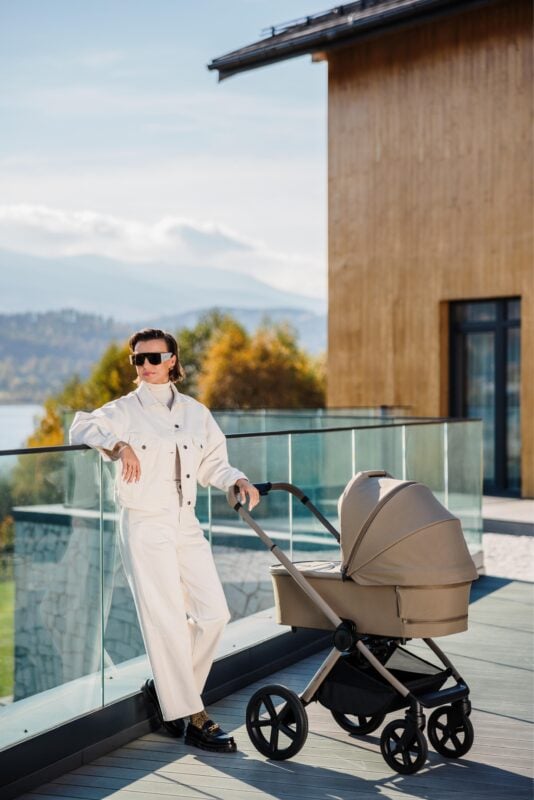
Luggage Packing
The packing phase is extremely important to ensure a comfortable trip. It’s easy to go from one extreme to the other, taking too much or too little. What is the perfect solution? We will try to find it!
- Firstly, ensure you have a carry-on bag containing all the necessities such as extra clothes (e.g. sweater, hat), a spare pack of clothes in case they get dirty. It’s also a good idea to have nappies, wet wipes, a soft blanket, a dummy and favourite toys to keep your baby entertained during the long hours of the flight.
- Secondly, food. Pack enough food for the entire journey, including any delays or stopovers. However, be aware of restrictions, which may vary from airline to airline, so check your airline’s regulations or contact their office before you fly.
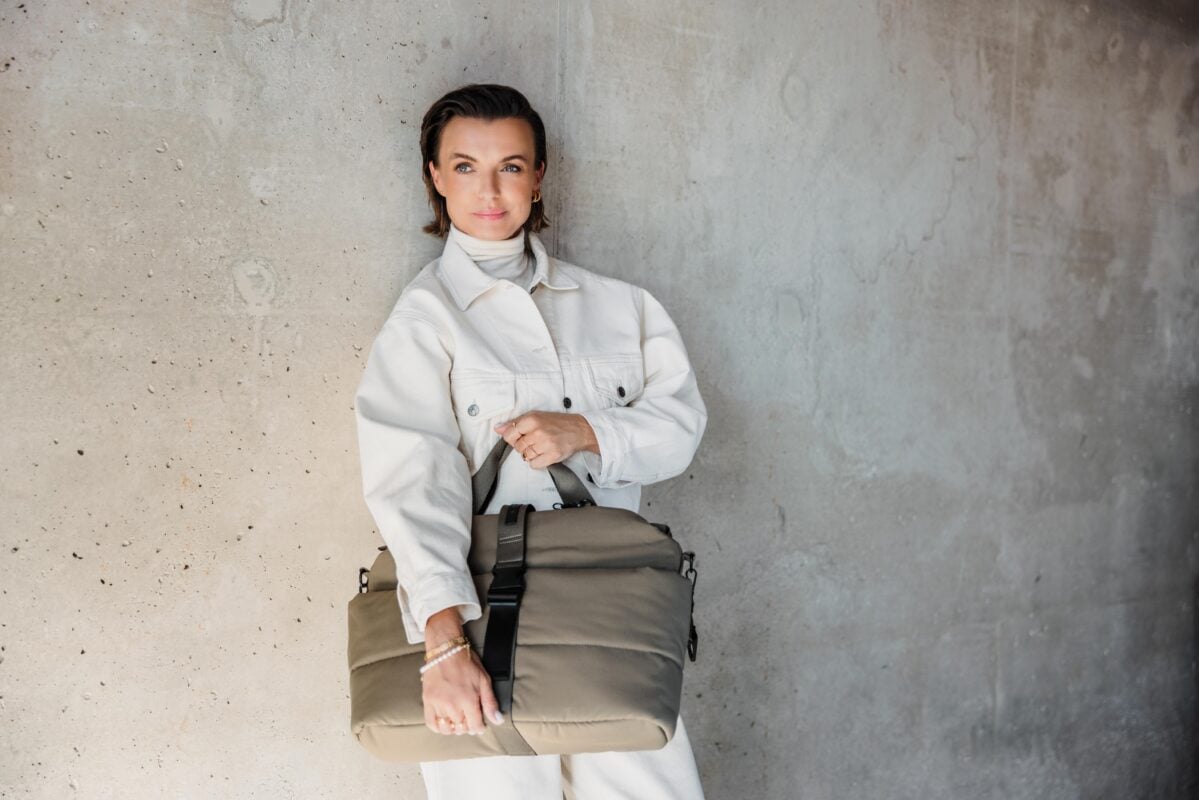
Feeding during the flight
Many families with babies and toddlers have routines that include feeding. However, an airport visit and flight can disrupt this. It’s a good idea to be flexible and adapt the feeding schedule to your baby’s needs. These „on-demand” feedings can help keep your baby calm.
Are you breastfeeding? In most cases, there should be no problem on board. Sometimes, the crew will even help you have more privacy and allow you to use the galley while breastfeeding.
Another thing – make sure your little one is well hydrated. The air on board an airplane can be very dry, so it is essential to remember this when travelling.
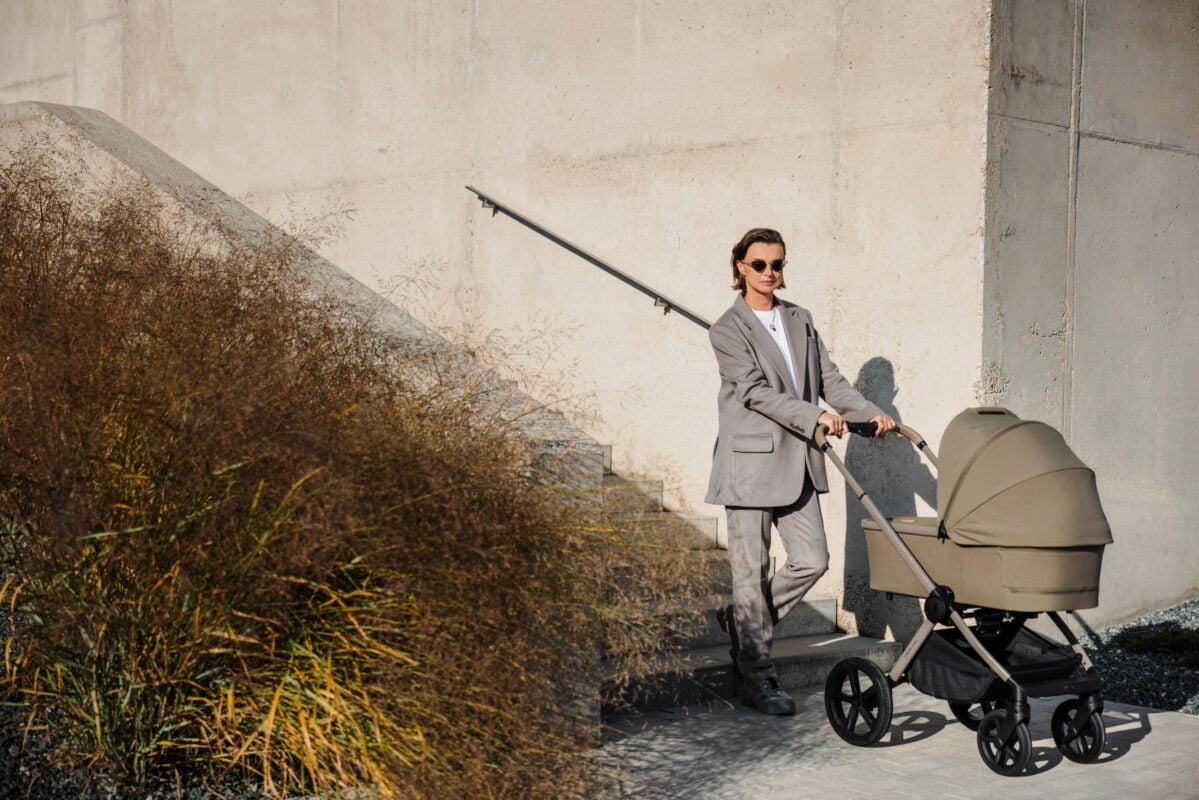
Most popular prams
Dealing with time zone changes
Jet lag can be a significant challenge for adults, and for children who are unable to grasp the changes happening around them, adjusting to a new time zone can prove even more daunting. How to manage this?
The best way is to start preparing a few days before you travel so that you can slowly introduce your baby to the new situation. By subtly adjusting nap times and feeding schedules, you can help your little one adapt to the new environment they will soon encounter.
However, it’s essential to be flexible and follow the baby’s rhythm at the beginning. Forcing changes may provoke resistance because your baby will be irritable, tired and hungry.
Can you fly with a 3 month old baby? The basics of flight safety
Young children react differently to flying than adults, and the biggest problem can be ear pain caused by changes in pressure. To reduce discomfort and make the journey easier for your baby, encourage them to suck on a dummy or bottle during take-off and landing. This will make the process smoother and easier for your child.
For non-urgent travel, it’s recommended to postpone flying until the baby is at least 2-3 months old when its immunity is a little stronger. Moreover, if you are planning a long flight, consider buying a separate seat for your baby. Some airlines provide child seats on board, which not only makes travelling more comfortable but also safer. Check how this might be available for your flight.
And last but not least, stay calm. Young children are sensitive to their parents’ reactions and behaviour, so your anxiety can affect them. So remain composed and enjoy every moment of the trip, and your little one will be happier, too.
